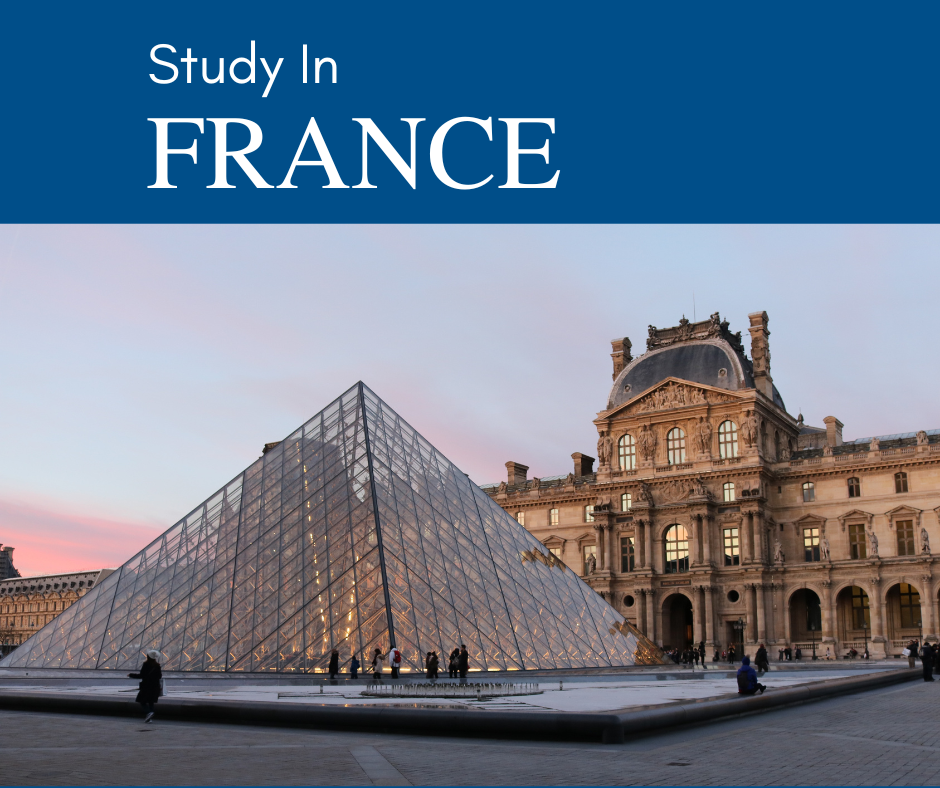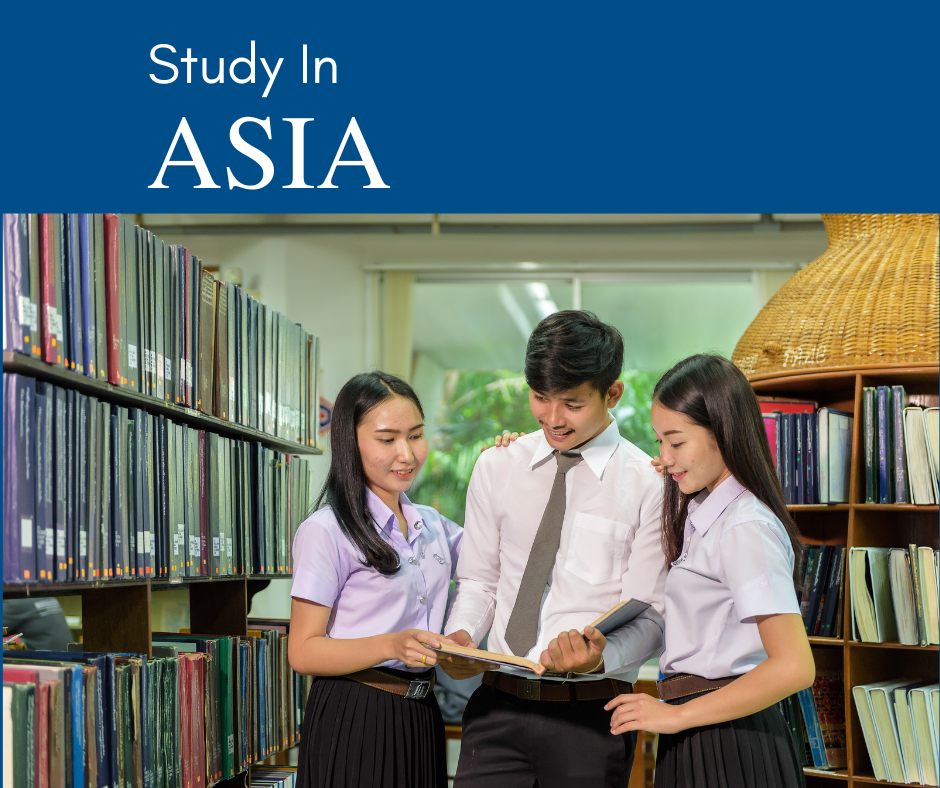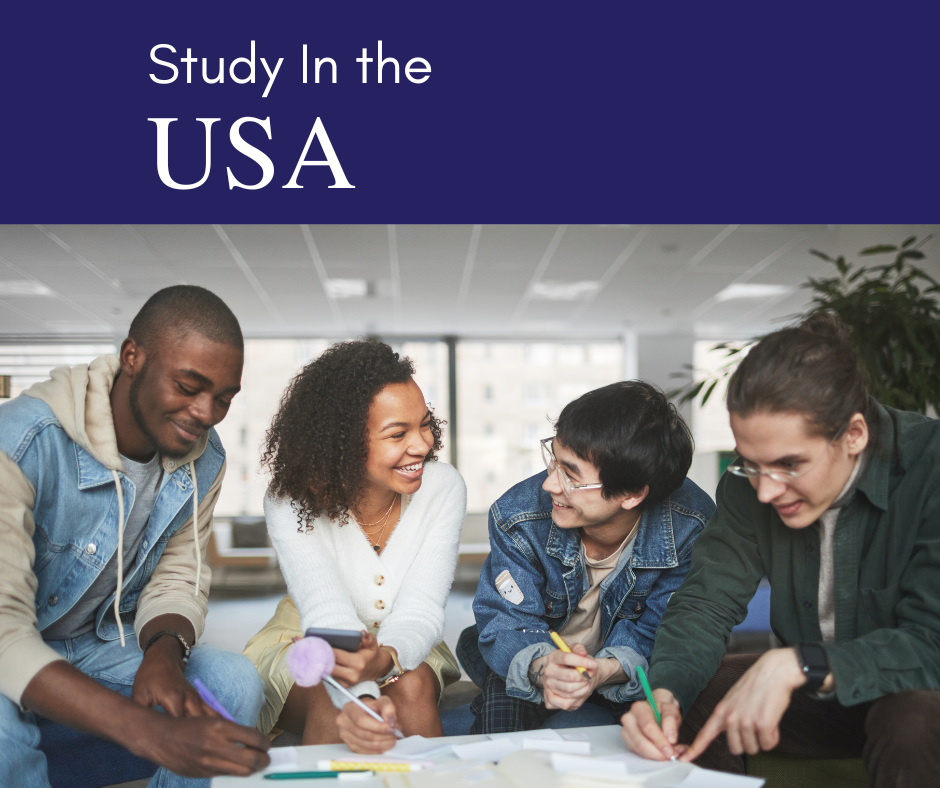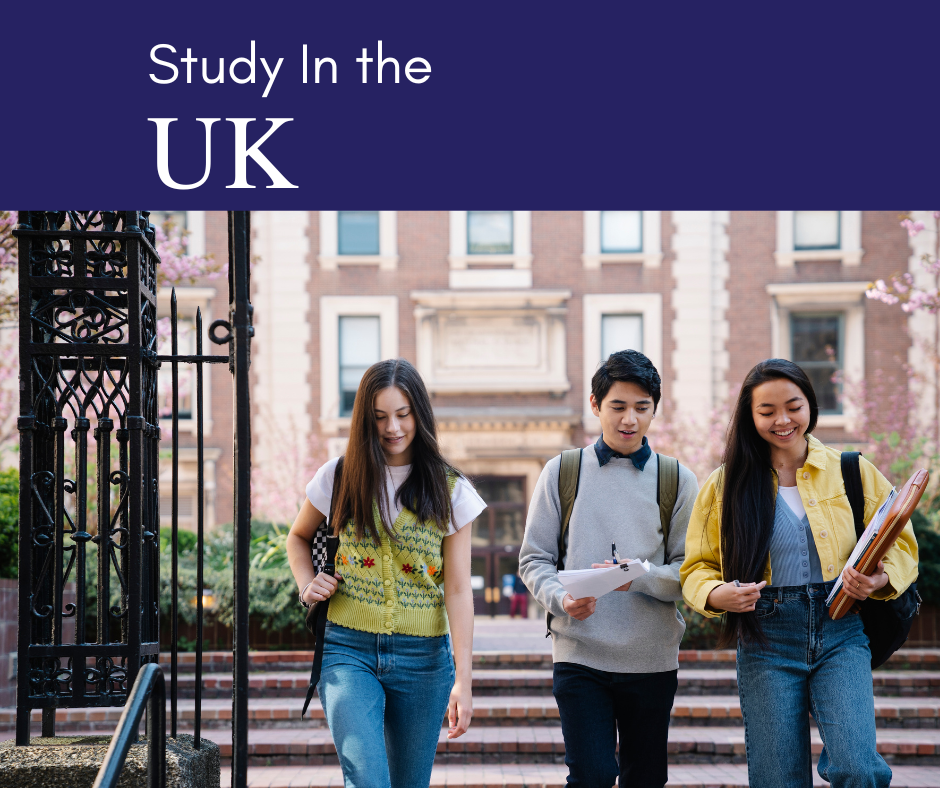
A Four-Year Cap on F-1 Visas: Policy Theater That Hurts Students
Share
What’s Changing in U.S. Visa Policy?
The U.S. Department of Homeland Security (DHS) is advancing a rule to replace the long-standing “duration of status” system with a fixed four-year cap for F-1 visa holders. Under the old system, students could legally remain in the U.S. for the length of their program as long as they maintained compliance in SEVIS.
Now, under the proposed model, students in longer programs—think PhDs or dual degrees—will need to apply for extensions midway through their studies.
Who Stands to Lose?
| Student Type | Typical Duration | Risk Under 4-Year Cap |
|---|---|---|
| Bachelor’s | 3–4 years | Low – unless placement/gap years push duration |
| Master’s | 1–2 years | Minimal |
| PhD/Doctoral | 5–7 years | High–forced renewal mid-program |
| Dual Degrees | 5+ years | High–uncertainty mid-course |
Doctoral candidates in STEM—already crucial to U.S. research and teaching—face the highest risk. Imagine being halfway through your dissertation only to worry whether your visa renewal will be approved.
The Global Comparison
| Country | Visa Duration | Renewal Risk | Post-Study Work Rights |
|---|---|---|---|
| USA (proposed) | 4 years fixed | High | OPT 1–3 years |
| Canada | Program length | Low | PGWP up to 3 years |
| Australia | Program length | Low | 2–4 years post-study work |
| New Zealand | Program length | Low | Up to 3 years post-study work |
In a competitive global market, students don’t just weigh academic prestige—they look at certainty of stay. Canada and Australia’s clarity on program-length visas makes them much more attractive.
Why This is Policy Theatre
DHS argues the change prevents overstays. But overstays are rare, and the U.S. already has robust compliance through SEVIS monitoring and university reporting. Adding a mid-degree renewal doesn’t target fraud—it burdens genuine students and USCIS alike.
The real effect is to shift risk from government to students: if processing times lag or policies change, students are stranded.
Consequences for U.S. Higher Education
-
Financial: International students contribute ~$40B annually. Policy uncertainty threatens that pipeline.
-
Research: STEM PhDs depend on international enrolment; disruption jeopardises lab output.
-
Reputation: U.S. universities already struggle with perceptions of visa unpredictability. A four-year cap amplifies this.
Conclusion
The U.S. became a global education leader by being predictable and stable. This move undercuts that reputation. Canada, Australia, and even Asia stand ready to capture frustrated talent.
If DHS is serious about safeguarding both security and competitiveness, the solution is not arbitrary limits. It’s faster adjudications, more consular staff, and targeted fraud checks. Otherwise, this policy will be remembered as the moment the U.S. chose bureaucracy over brilliance.










